Two local Gloucestershire Wildlife Trust nature reserves within the Golden Triangle are looking truly spectacular at the moment, carpeted as they are with the Wild Daffodils (Narcissus pseudonarcissus) for which this area used to be famous. This coming weekend is ‘Daffodil Weekend’ in neighbouring Oxenhall so if you’re local, or live within striking distance of the northern part of the Forest of Dean, you should definitely check these reserves out for yourself.
Firstly Gwen and Vera’s Fields, two historic small daffodil meadows:
Then the more substantial Betty Daw’s wood SSSI, an ancient Sessile Oak (Quercus petrea) woodland:
This last photo also features some Cuckoo Flowers (Cardamine Pratensis) which suddenly seems to be appearing in all the hedgerows. Along with the daffs, I consider this to be a terrific harbinger of spring as it’s a major larval foodplant for the Orange Tip butterfly (Anthocharis cardamines). Fingers crossed they’ll be on the wing soon, as the striking males bring some much needed butterfly colour to these here parts.
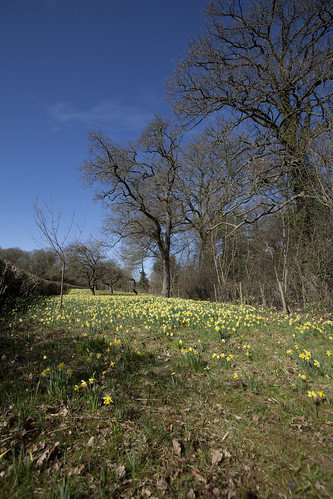
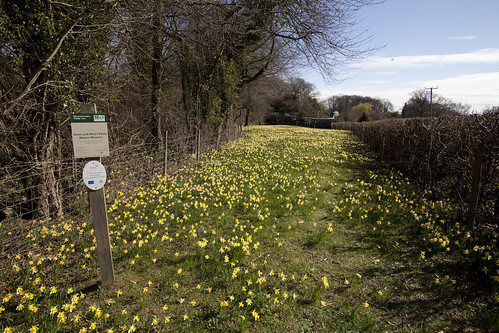
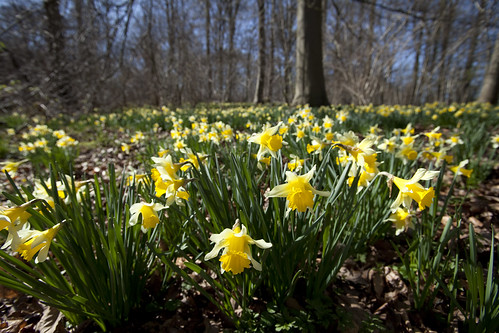


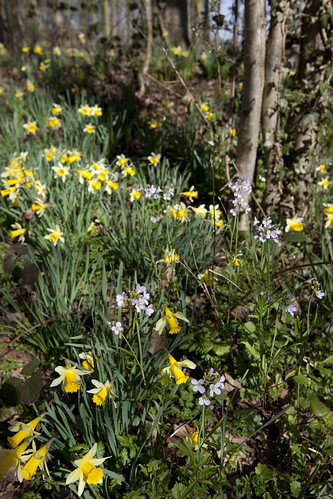

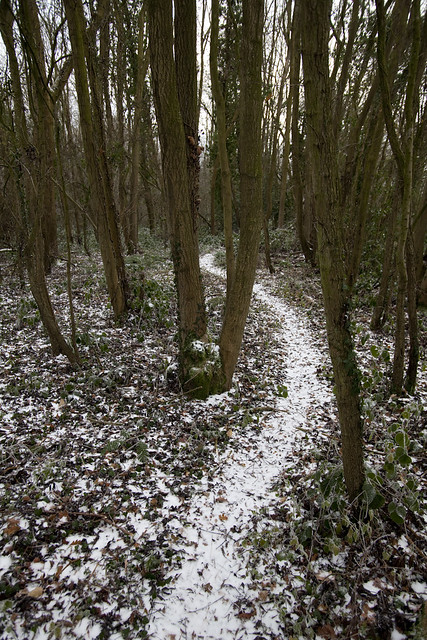
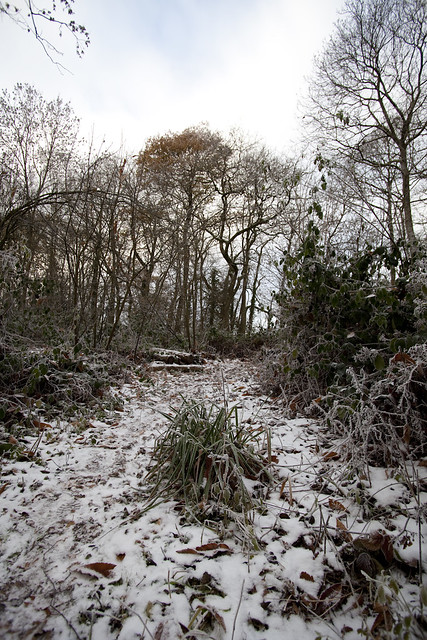
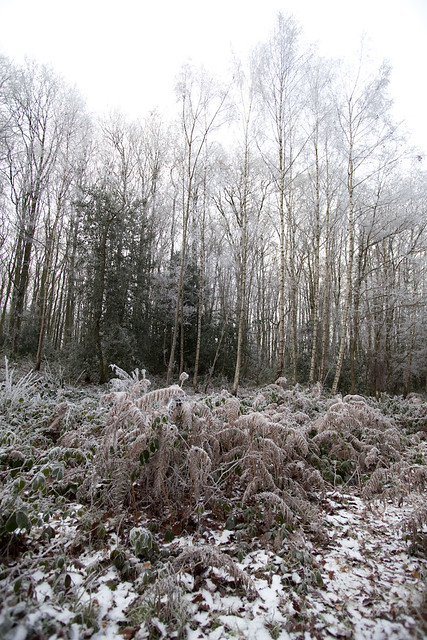
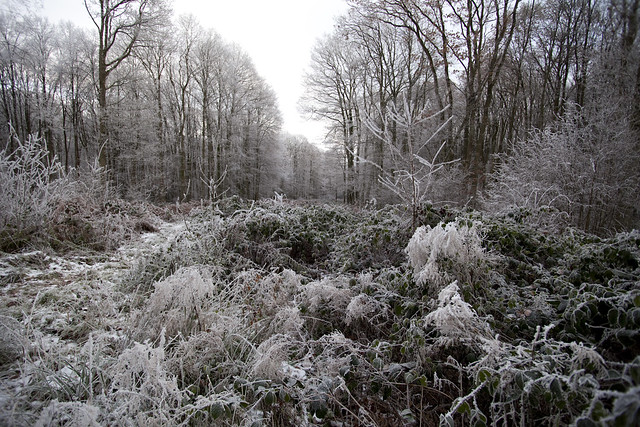
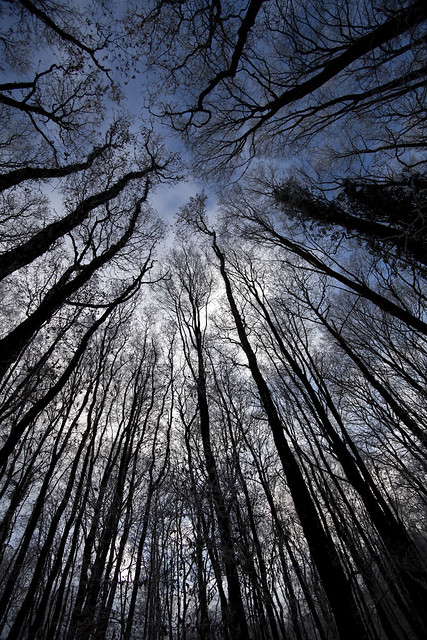






 Twitter
Twitter Flickr
Flickr Delicious
Delicious